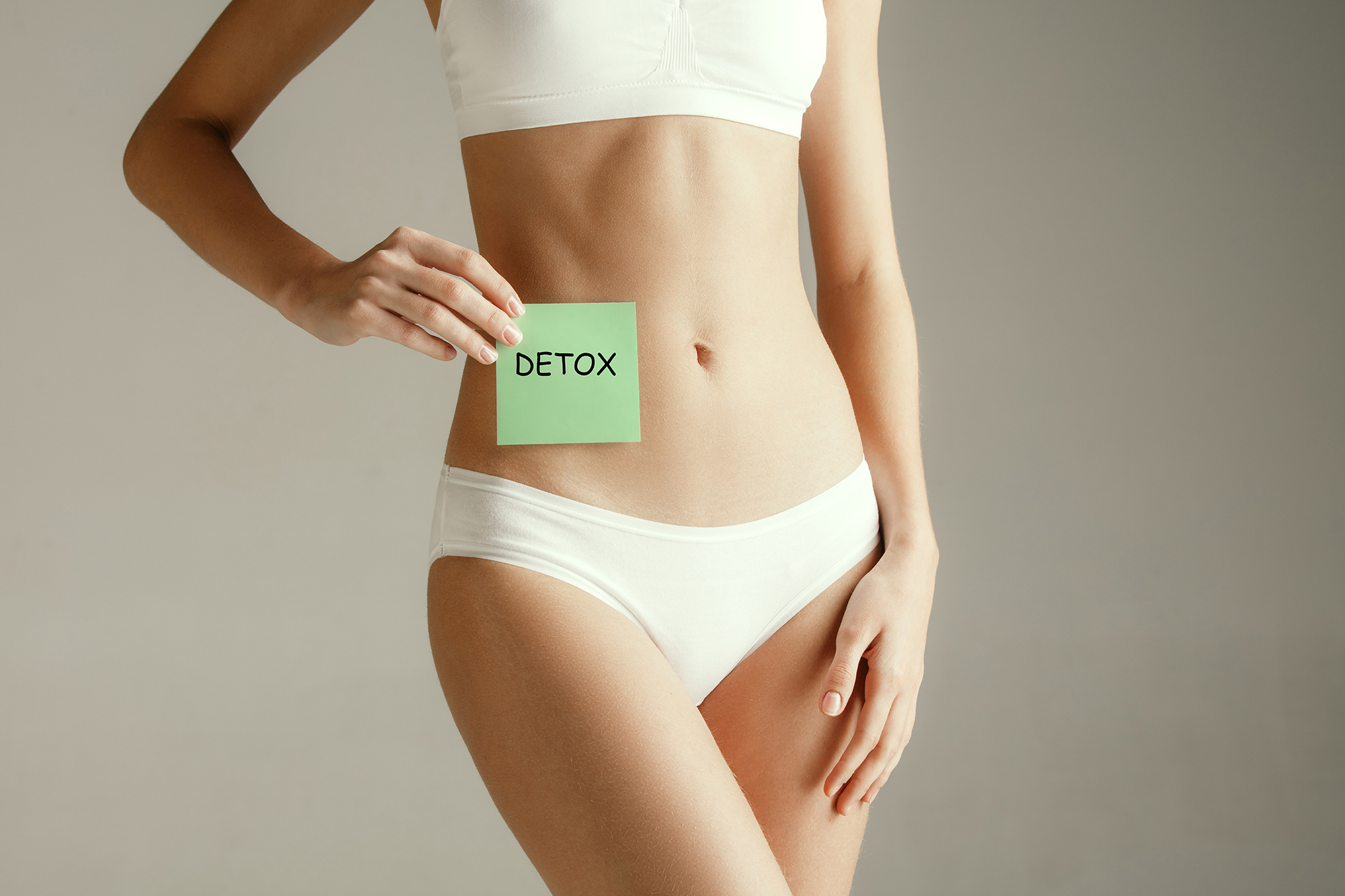
Nrf2 is a critical pathway to health, as it is the most important pathway to increase our natural and innate antioxidant defense.
What is NRF2?
Nuclear factor (erythroid-derived 2)-like 2, also known as NFE2L2 or Nrf2, is a protein (transcription factor).
Nrf2 increases the expression of antioxidant proteins that protect against oxidative damage triggered by injury and inflammation.
Substances that stimulate the Nrf2 pathway are being studied for the treatment of diseases that are caused by oxidative stress.
Nrf2 is found in the highest concentrations (in descending order) in the kidney, muscle, lung, heart, liver, and brain [1].
Antioxidant Defense and Detoxification System Stimulated by Nrf2
Nrf2 stimulates NQO1, which donates electrons and detoxifies a variety of chemicals and drugs. NQO1 is important for phase 2 detox.
I suspect that people sensitive to “everything” have less NQO1 or less of an electron supply.
Nrf2 produces two of the most important rate-limiting steps in glutathione (GSH) production. Glutamate-cysteine ligase, catalytic (Gclc) and glutamate-cysteine ligase, modifier (GCLM) bind together to form glutathione. These are produced by Nrf2.
The glutathione S-transferase (GST) allow glutathione to bind with drugs and toxins, which then allow the body to eliminate potentially harmful and toxic compounds. GSTs are produced by Nrf2 activation and represent an important route of detoxification.
Sulfiredoxin 1 (SRXN1) and Thioredoxin reductase 1 (TXNRD1) give over electrons to peroxiredoxins, proteins important in the detoxification of hydrogen peroxide and peroxynitrite.
Nrf2 stimulates Heme oxygenase-1.
Heme oxygenase-1 (HMOX1, HO-1) is an enzyme that catalyzes the breakdown of heme into the antioxidant biliverdin, the anti-inflammatory agent carbon monoxide, and iron.
HO-1 defends against sepsis, hypertension, atherosclerosis, acute lung injury, kidney injury, and pain.
The UDP-glucuronosyltransferase (UGT) family catalyze the conjugation of glucuronic acid to drugs, chemicals, and toxins, making them more water-soluble and readily excreted. Nrf2 has been shown to induce UGT1A1 and UGT1A6.
Bilirubin and Tylenol are examples of substances that are glucuronidated.
My clients are more likely to have higher bilirubin, and this can come from a decrease in glucuronidation enzyme activity.
Multidrug resistance-associated proteins (Mrps) are important membrane transporters that eject various compounds from various organs into bile or plasma, with subsequent excretion in the feces or urine, respectively.
Mrps have been shown to be increased by Nrf2 and alteration in their expression can dramatically alter the pharmacokinetics and toxicity of compounds.
People with CIRS or biotoxin related issues usually have a problem excreting toxins in an efficient way, and almost certainly the Nrf2 pathway will help excrete these toxins more easily.
Ideally, you’d want to combine Nrf2 activators with cholestyramine (disclaimer: not for personal use) if you have a biotoxin problem.
The Negatives of Nrf2 Activation
Activation of NRF2 may promote the development of cancerous tumors. It can also contribute to the development of heart disease by raising cholesterol levels and cholesterol content in the liver.
Having low cholesterol might be an indicator of less Nrf2 function (although there are many other pathways that lower cholesterol).
Top Ways to Increase Nrf2
- Exercise [2]
- LLLT [3]
- Fish oil/DHA
- Vitamin D [4]
- Sulforaphane/Broccoli sprouts [5] – and other Isothiocyanates from cruciferous vegetables [2]
- Lipoic Acid
- Butyrate [6]
- Garlic [2]
- Curcumin [7]
- Luteolin [8] – luteolin is ideal because it inhibits Nrf2 in many cancer cells [9]
Listen to the CEO of SelfDecode Joe Cohen and Vince Giuliano discuss NRF2:
Other Ways to Activate Nrf2
- PGC-1a [10]
- Calorie Restriction [2]
- Ketosis [11]
- Molecular Hydrogen (Machine) [12]
- Thyroid hormones [13] – make sure your thyroid hormones are up to par.
- Berberine See this post for more on Berberine.
- PQQ [14]
- Cinnamaldehyde/Cinnamon [15]
- Anthocyanins [16, 17, 18]
- Carnitine [19]
- Andrographolide/Andrographis [20, 21]
- Hydroxytyrosol [22]
- Black cumin oil/Thymoquinone [23]
- EGCG [24]
- Astaxanthin [25]
- Lycopene [2]
- Tocopherols and Tocotrienols (Vitamin E) [2]
- Quercetin [26]
- Naringenin [27]
- Resveratrol [28]
- Chlorella [29]
- Cocoa/Chocolate [30]
- Schisandra [31]
- Licorice [32]
- Chinese Skullcap – Has three ingredients that increase Nrf2 – Baicalin [33], Baicalein [34, 35] and Wogonin [36]
- Citrus Flavonoids/Citrus Bioflavonoids [37]
- Withanolide A/Ashwagandha [38]
- Pau Darco [39]
- Ginkgolide B (prevents suppression)/Ginkgo [40]
- Oleanolic acid/Olive Leaf [41]
- Apigenin [42]
- Melatonin [43]
- Ginger [44]
- Pterostilbene [45]
- Hops [46]
- High-dose Vitamin C [47]
- Celastrol found in Thunder God Vine Extract [48]
- Artemisia [49]
- Kaempferol [45]
- Genistein [50], Soy Isoflavones [51]
- Bilirubin [52]
- Betanin/Beets [53]
- Chlorogenic acid [54]
- Carnosic acid/Rosemary [55]
- Grapes [56]
- Propolis (Brazilian green) [57]
- Kiwi Peel [58], Geranium [59]
Inhibitors of Nrf2
SIRT1 decreases Nrf2-related gene production since acetylation allows Nrf2 to bind to DNA better and produce antioxidant genes [60]. This is a downside of SIRT1.
NAC inhibits Nrf2 [61], but it decreases oxidative stress directly.
NRF2 SNPs on SelfDecode
The NRF2 gene has some SNPs that can tell you if you’re a high or low producer.
- RS10183914 (NRF2) TT
- RS16865105 (NRF2) AA
- RS1962142 (NRF2) GG
- RS2886161 (NRF2) TT
- RS35652124 (NRF2) TT
- RS6706649 (NRF2) CC
- RS6721961 (NRF2) GG
- RS6726395 (NRF2) AA
- RS7557529 (NRF2) CC
If you want to interpret your genes, you should use SelfDecode.
SelfDecode is the best gene analyzer around and helps you interpret your genetics.
SelfDecode is a sister company of SelfHacked. The proceeds from your purchase of this product are reinvested into our research and development, in order to serve you better. Thank you for your support.



